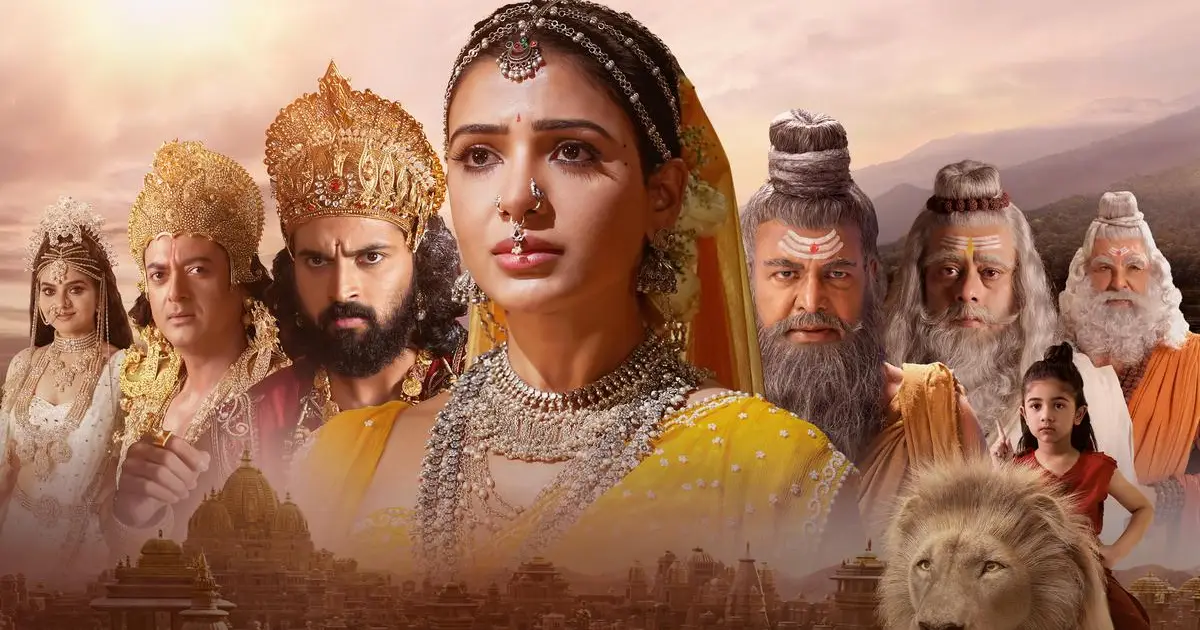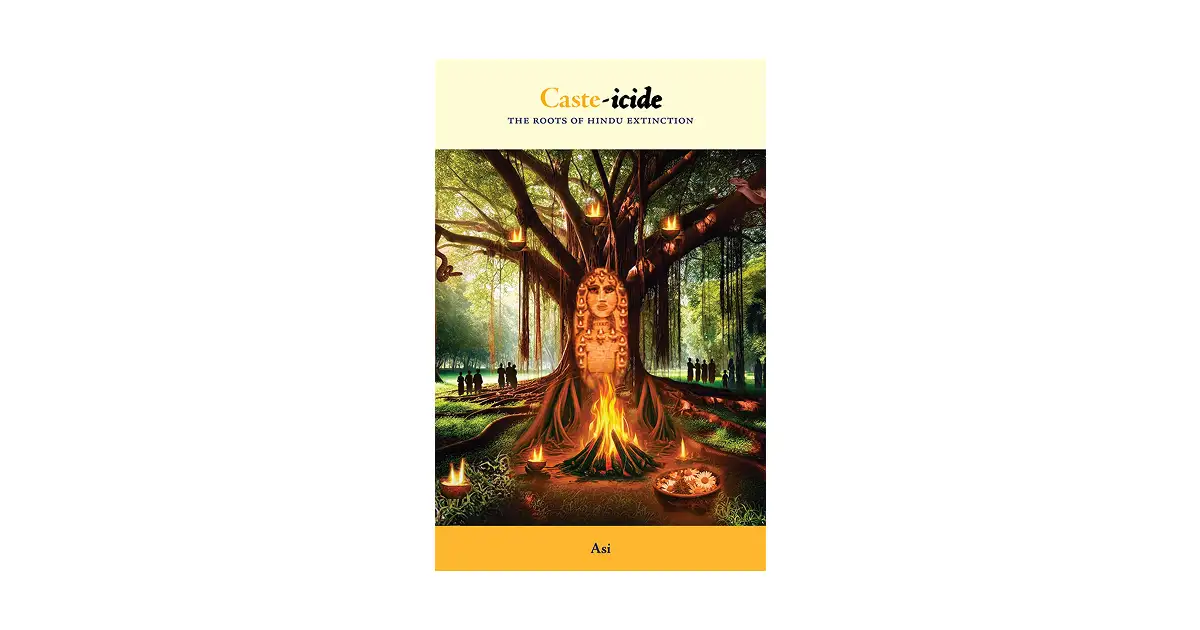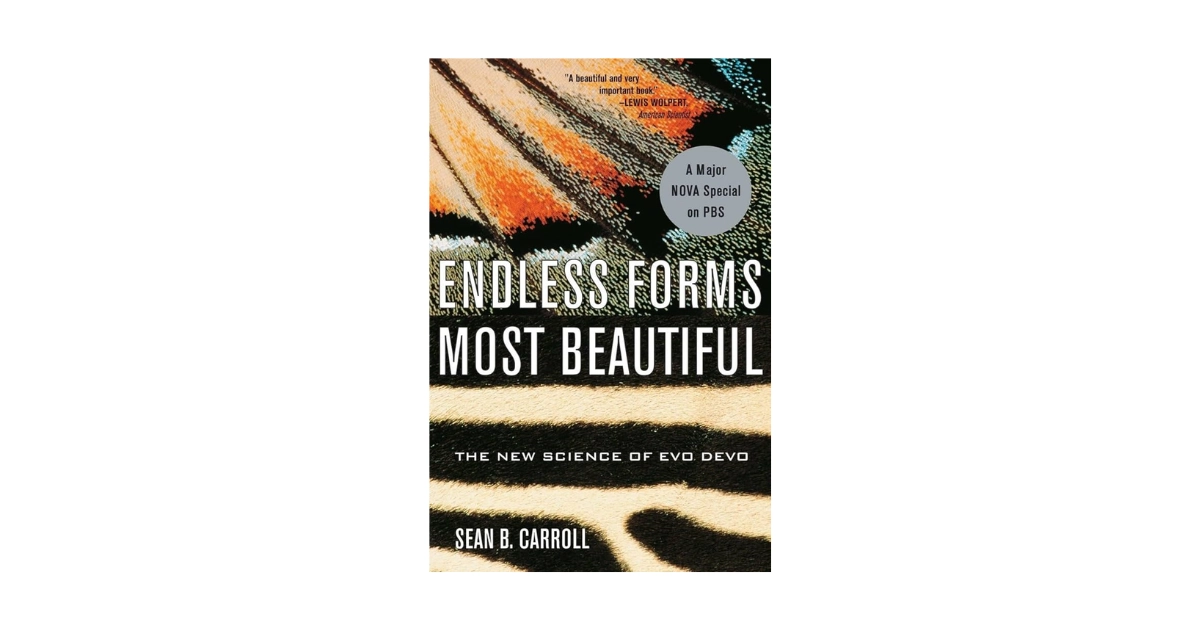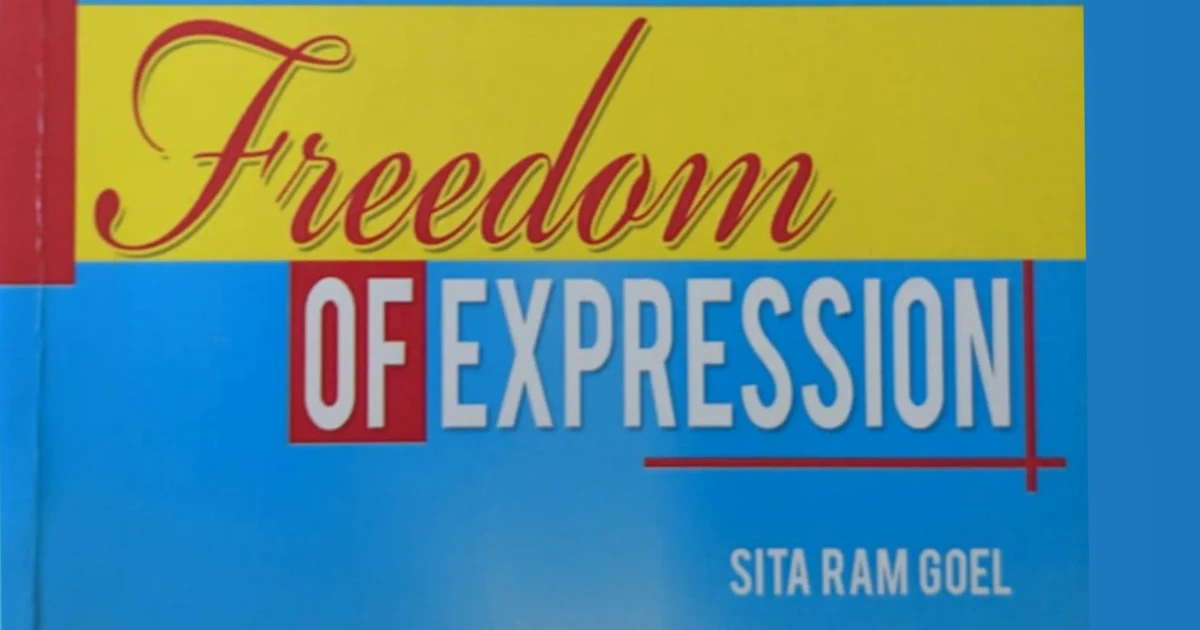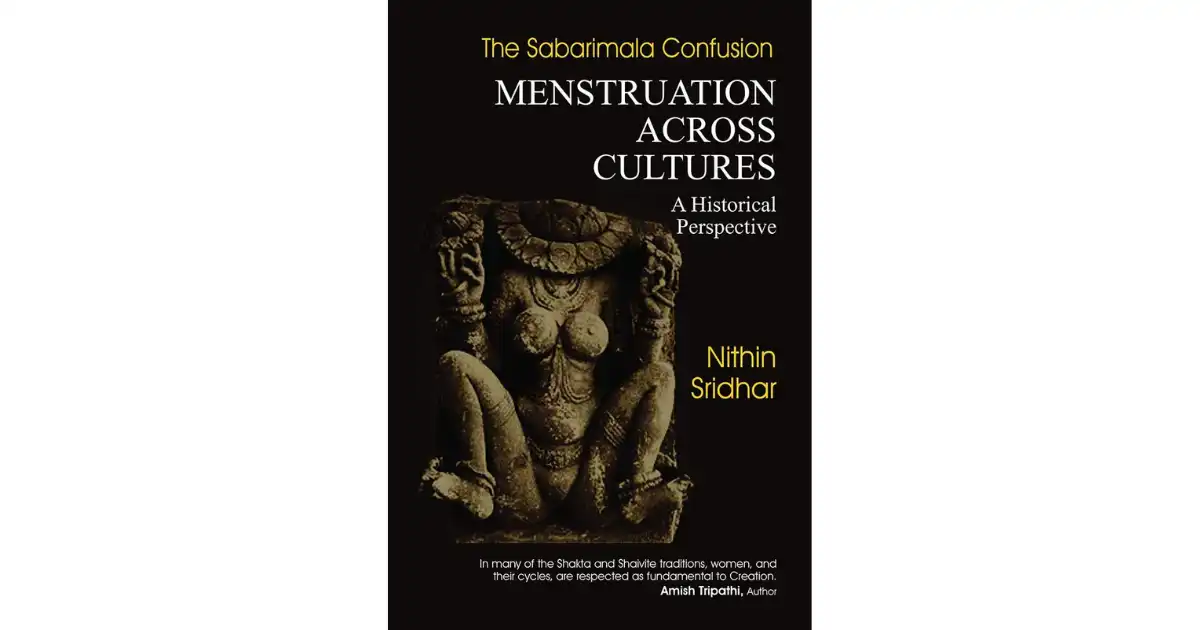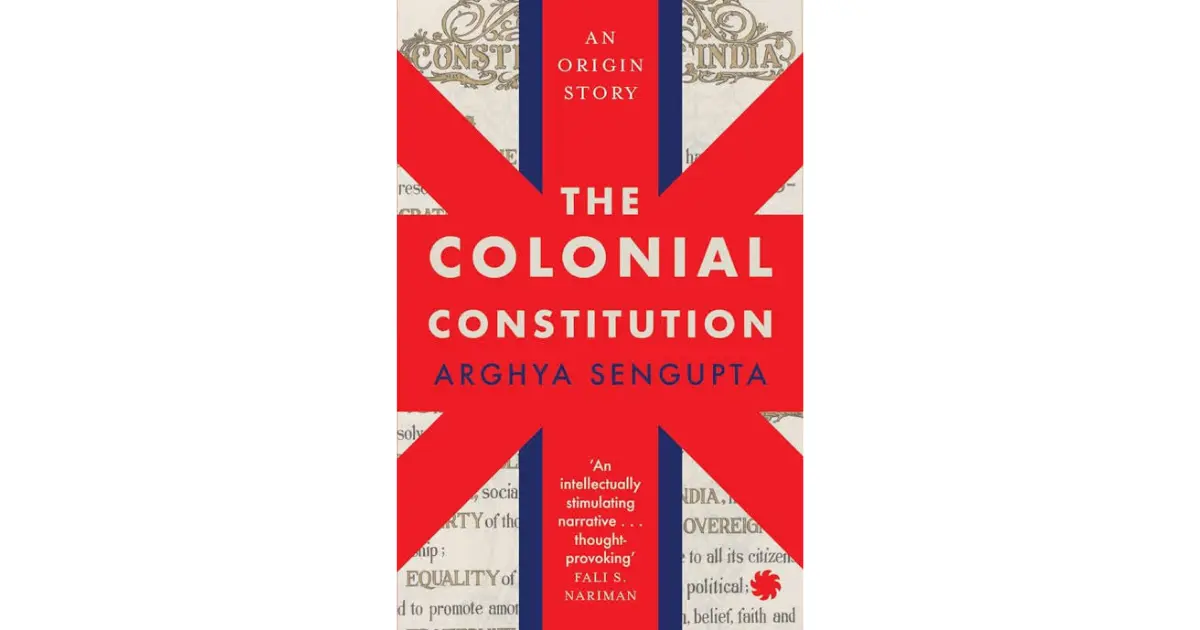Adapting Hindu mythology into a screenplay is, admittedly, a complex endeavor, yet can be profoundly rewarding. The potential of Indian mythology as a substrate for games, films, novels and other media has largely been untapped globally. Stories from purānas and itihāsa are timeless, meaningful and carry deep philosophical and moral insights while already being rich in dramatic narratives.
This train of thought — about what makes an adaptation of Hindu lore rich, compelling and exciting — was inspired by my viewing of the Telugu film Shaakuntalam (2023), which lacked abysmally on all fronts. With terrible casting and acting, unaesthetic set design and visuals, poorly done narrative and dialogue, I was sorely disappointed. But I was left with the question of what exactly makes a good adaptation and why Indian film industries have failed so abysmally at adapting mythology into compelling screenplays and beautiful films (there are a few expectations, of course, but they are few and far between). Seeing that the screenplay was loosely based on Kālidāsa’s Abhijñānaśākuntalam, I picked up the Clay Sanskrit Library’s 2006 translation by Somadeva Vasudeva, titled The Recognition of Shakúntala, to make notes on everything that went wrong and ruined the adaptation. Kālidāsa’s play is said to be the world's first full-length play centred around a love story, and despite its age, is charming and engaging. On the surface, it appears relatively easy to simply rewrite and repackage these already-popular, perfectly crafted stories to suit the silver screen. However, the process is more challenging than it appears, not only due to their extraordinary specific cultural context but also due to the difficulty of conveying ideas, morals and mores that are potentially thousands of years old. It requires a delicate balance between imaginative creativity, an audacious vision and at times, respectful deference. A compelling adaptation, after all, hinges on honoring the original themes, staying true to the characters’ essence, and using creative liberty to make these ancient tales resonate with contemporary audiences.
Identifying and Staying True to the Core
At the heart of Hindu mythology are universally appealing themes: the battle between dharma and adharma, the immense cycles of time — measured in yugas (ages) and kalpas (eons), emphasizing the grandeur and vastness of existence — and the transformative power of devotion, wisdom, and karma. These themes are not just narrative elements but are deeply embedded in the cultural and spiritual ethos. A successful adaptation must preserve these core ideas, ensuring that the story’s moral and philosophical undertones remain intact.
Many adaptations fall short because writers fail to identify and amplify the core themes within a story — for instance, in Shaakuntalam, Śakuntalā’s character did not do justice to the strong and passionate heroine that features in Kālidāsa’s drama. A screenplay should aim to evoke the same emotional and spiritual impact as the original text. This involves an in-depth understanding of the source material and its interpretations over centuries. Incorporating verses, symbols, and metaphors from the texts can enrich the screenplay, grounding it in authenticity while inviting audiences to engage with the profound wisdom embedded in these stories.
Character Fidelity
The characters in Hindu mythology, as in any well-structured story, are generally archetypes that embody virtues, flaws, and/or undertake transformative journeys. Like the Greek Gods, they are also deeply human in their emotions and conflicts, making them relatable across cultures and eras. Preserving the essence of characters while adding dimension and depth that align with cinematic storytelling can be a task that requires careful deliberation.
For example, Kṛṣṇa is not merely a divine figure but a multi-faceted character—a playful child, a shrewd strategist, and a compassionate guide. His character offers opportunities (already capitalized by the South Indian film industries in their early decades) to delve into his human side without diminishing his divine status as a God. Characters must be portrayed with authenticity and respect, avoiding oversimplification and distortion.
Creative Liberty
Creative liberty is both a necessity and a challenge when adapting mythology. While fidelity to the original is essential, adapting a story to a modern medium like film or television requires a certain level of reimagining elements to suit the expectations and sensibilities of today’s audiences. However, this must be done with utmost care, particularly when dealing with stories that hold deep religious and cultural significance.
Religious sensibilities are deeply personal, and any perceived misrepresentation can lead to controversy or backlash. To navigate this, screenwriters must approach the material with respect and humility, avoiding overt political or ideological agendas, sensationalism and unnecessary dramatization by staying true to the spirit of the original stories can help mitigate potential conflicts. While mythology is inherently dramatic, adding elements that distort the story or exaggerate conflicts purely for entertainment can detract from its authenticity. At the same time it does not mean that the writers must not engage creatively with any work and completely detract from offering a fresh perspective or visualization of any material.
One way to exercise creative liberty is by exploring untold perspectives or lesser-known episodes. Introducing fresh narrative techniques, such as non-linear storytelling or parallel narratives, can also make ancient stories feel more dynamic and engaging. However, it is crucial to ensure that these innovations are done while retaining authenticity, and do not distort the original message or offend the sensibilities of the audience. Consulting traditional scholars, cultural experts and researchers can provide valuable insights to navigate this balance and preserve fidelity to the original text. This is where Bṛhat plays a role. For creators with the intent to produce culturally authentic and creatively enriching media, Bṛhat specializes in creative consulting services by enabling consultations with the appropriate traditional scholars, cultural experts, and researchers. Our team ensures that your content resonates with contemporary audiences while carefully preserving fidelity to original texts, helping you or your company deliver compelling narratives that honor the richness of our shared heritage.
Making Mythology Engaging
For mythology to resonate with modern audiences, it must connect with their lived experiences and contemporary issues. Themes such as the struggle for justice, revenge, love, the nature of leadership, the consequences of greed and ambition, and the search for self-realization are tropes that are as relevant today as they were in the past. A compelling adaptation can draw parallels between these timeless ideas and current social, political, or environmental concerns. Lesser known tales and stories might be explored: for instance, the Mahābhārata — from where the immortal love story of Śakuntalā and Duṣyanta is drawn — has an abundance of literature exploring the moral ambiguity and the complexities of human relationships, providing a wealth of material to craft layered characters and narratives for film.
Visual storytelling also plays a vital role in making mythology accessible and appealing. The rich symbolism of Hindu mythology, an imagination of the richness of Hindu architecture and the opulence of the puranic and historical kingdoms can be brought to life through stunning visuals and stellar production design. An example of a successful adaptation is Yugo Sako’s 1993 adaptation Ramayana: The Legend of Prince Rama which was widely appreciated and loved by audiences worldwide for being an authentic, aesthetic and heart-warming portrayal while also depicting Hindu mythological figures in a never-before-seen anime style that appeals to a younger demographic.
Conclusion
Adapting Hindu mythology into a screenplay is an art that requires a profound understanding of the source material, a deep respect for its cultural and spiritual significance, and a creative vision to reimagine it for modern audiences. By staying true to the themes and characters, exercising creative liberty prudently, and making the stories and dialogue accessible and relevant, screenwriters can craft adaptations that are both compelling and equally respectful towards the source material. The yardstick for a good adaptation, in my book is that it must have the two-fold effect of rejuvenating interest in the Hindu cultural and religious ethos in those that are already familiar, and exciting and aweing audiences that are new to the purāṇic world. The challenge lies in finding the right balance between tradition and innovation, ensuring that the adaptations honor the timeless appeal of Hindu mythology while inspiring, entertaining, and resonating with audiences across generations and regions. Through careful research, thoughtful storytelling, and a genuine reverence for the material, screenwriters can enliven ancient stories in ways that celebrate their enduring legacy.
